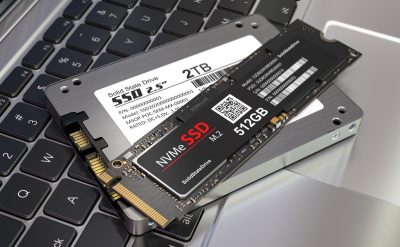Data centers continue to prime focus in the storage facility, business leaders and managers are seeking intelligent solutions to address the unique risks posed by these facilities. One critical aspect of physically safeguarding data centers is acoustics.
Data stored within the Hard Disk Drives (HDDs) that can hold large amounts of data but HDD’s are also very sensitive to vibrations. Vibrations can emerge from a number of sources in an organization, such as a supersonic discharge that is activated from fire suppression systems and environmental factors such as construction. When exposed to HDD’s such vibrations can adversely affect data integrity. For example, in the healthcare industry, data is usually stored in HDD’s and acoustic vibrations can cause the loss of sensitive patient records as well as lead to system interruption and downtime.
Researchers have concluded that HDDs can withstand exposure to sound up to 110 decibels, and beyond that they can experience an approximate 50% reduction in performance. Testing found that fire suppression systems can reach up to 130 decibels, the same level of sound an airplane generates during takeoff. If acoustic suppression solutions are not implemented, this can result in the loss of a massive amount of data.
Measuring the source and path of acoustics will provide decision-makers with the required insights to determine what steps need to be taken to prevent or minimize loss of data or potential damage. These insights are also important to deal with the potential impact of data loss.
Those looking to preventing data loss due to poor acoustics will be happy to know that sound suppression technologies and acoustic nozzles are an established method of reducing sound wave decibels from firefighting systems and of improving noise absorption. Whatever be the method of chose to sound proof your data storage, it is safe to say that sound levels should be below 110 decimals as a benchmark if you want to avoid losing data.






































































